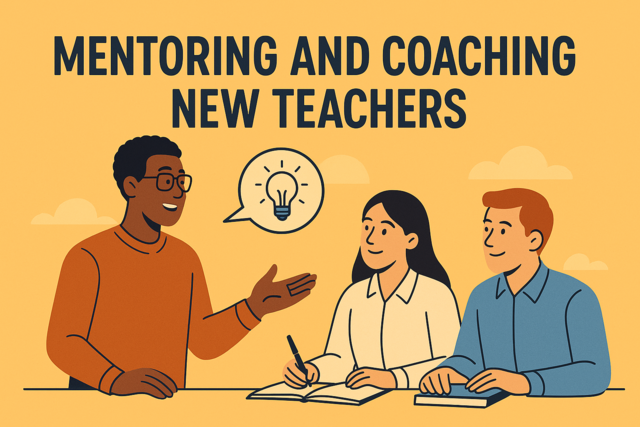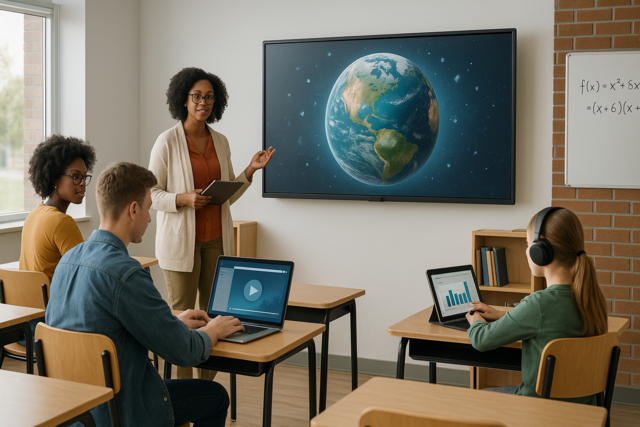Online Class: Maximizing Learning with Flipped Classrooms

-
15Lessons
-
22Exams &
Assignments -
5Hours
average time -
0.5CEUs
Course Description
In a world where education is evolving at a breakneck pace, adapting and thriving in a dynamic learning environment is not just an advantage—it's essential. Welcome to "Maximizing Learning with Flipped Classrooms," a groundbreaking course designed to revolutionize how you perceive and engage in the educational process. This is not just another online course; it's a transformational journey that will redefine your experience as a learner or educator, making it indispensable for anyone truly committed to the art of teaching and learning.
Imagine a classroom where the traditional roles are reversed. No longer are you sitting passively, receiving information; instead, you are actively engaging with materials, solving problems, and exploring concepts in ways that resonate deeply with your personal learning style. The flipped classroom model empowers you to take control of your learning journey, offering the flexibility and autonomy you've always desired. Here, every session is not just a lesson, but a springboard into deeper understanding and practical application.
With the flipped classroom approach, learning transcends the confines of the traditional classroom. Through multimedia resources like videos, podcasts, and interactive simulations, you absorb foundational knowledge at your own pace and on your own terms, transforming your home into a space of preparatory learning. This innovative approach liberates in-class time for discussions, collaborative projects, and hands-on experiences—activities that not only reinforce what you've learned but also cultivate essential critical thinking and problem-solving skills.
But what really sets this course apart is its emphasis on personalization and engagement. We delve into the heart of educational technology, illustrating how tools like Edpuzzle and Moodle can be game-changers in bridging the gap between online and offline learning. Imagine an educational experience where lesson plans adapt to fit your learning speed and style, where gamification turns every lesson into an adventure, and where your engagement is driven by interactive content that feels less like a task and more like a quest for knowledge.
As you engage with the content, you'll discover how the flipped model effectively integrates formative assessments into the learning process. No longer are you confined to one-size-fits-all tests and exams. Instead, you are encouraged to assess your understanding through creative and reflective practices like peer teaching and journaling. This ongoing feedback loop not only helps in tracking progress but also builds self-awareness and confidence in your learning journey.
Moreover, "Maximizing Learning with Flipped Classrooms" is about real-world relevance. It prepares you for the challenges of tomorrow by making learning deeply relevant to today's global and technological landscape. Whether you're an educator looking to modernize your teaching methods or a student aspiring to optimize your learning potential, this course helps develop a skill set that is not only academically rewarding but also invaluable in professional realms.
Community and collaboration are at the core of this course. Imagine connecting with peers worldwide, exchanging ideas, experiencing diverse perspectives, and collaboratively tackling complex issues. These interactions are not just beneficial to your academic growth but essential in building networks and skills you'll need in a collaborative world. With this course, you're not just joining a classroom—you're entering a global community committed to educational excellence and innovation.
So, are you ready to step into a new era of learning? "Maximizing Learning with Flipped Classrooms" is the key to unlocking your full potential, equipping you with the tools, knowledge, and confidence to thrive in any educational or professional context. Enroll today, and transform the way you learn, teach, and engage with the world. The future of education awaits—are you ready to flip the script and make it your own?
- Business
- Business Ethics Courses
- Harassment Prevention Courses
- Human Resources Certifications
- Management
- Aromatherapy Courses
- Caregiver Courses
- Career Development Courses
- Communications Courses
- Confidence and Self Esteem Courses
- Healing
- Human Anatomy Courses
- Medical Skills
- Health & Medicine
- Nutrition
- Marketing
- Microsoft Office Certification Courses
- Life Coaching Courses
- Self-Improvement
- Small Business Certifications
- Safety
- Writing Improvement
- Business Writing Courses
Course Lessons
Lesson 1. From Passive Listening to Active Learning in Flipped Classrooms
 Lesson discussions: Reasons for Taking this Course
Lesson discussions: Reasons for Taking this Course Assessment: Lesson 1 Review Exam
Assessment: Lesson 1 Review Exam
Lesson 2. Exploring the Foundations of Learner-Centric Flipped Classrooms
 Assessment: Lesson 2 Review Exam
Assessment: Lesson 2 Review Exam
Lesson 3. Tech-Enhanced Student Engagement in Flipped Classrooms
 Assessment: Lesson 3 Review Exam
Assessment: Lesson 3 Review Exam
Lesson 4. The Pre-Class Catalyst: Enhancing In-Class Learning
 Complete: Lesson 4 Activity
Complete: Lesson 4 Activity Assessment: Lesson 4 Review Exam
Assessment: Lesson 4 Review Exam
Lesson 5. Empowering Students: Formative Assessment and Technology Integration
 Complete: Lesson 5 Activity
Complete: Lesson 5 Activity Assessment: Lesson 5 Review Exam
Assessment: Lesson 5 Review Exam
Lesson 6. Multimedia in Education: A Catalyst for Change
 Complete: Lesson 6 Activity
Complete: Lesson 6 Activity Assessment: Lesson 6 Review Exam
Assessment: Lesson 6 Review Exam
Lesson 7. Transforming Education: Time Management in the Flipped Classroom
 Complete: Lesson 7 Activity
Complete: Lesson 7 Activity Assessment: Lesson 7 Review Exam
Assessment: Lesson 7 Review Exam
Lesson 8. Adapting Education: The Role of Learning Styles in Flipped Classrooms
 Assessment: Lesson 8 Review Exam
Assessment: Lesson 8 Review Exam
Lesson 9. Revolutionizing Education with the Flipped Classroom Model
 Complete: Lesson 9 Activity
Complete: Lesson 9 Activity Assessment: Lesson 9 Review Exam
Assessment: Lesson 9 Review Exam
Lesson 10. Flipped Learning: Bridging Theory and Practice
 Complete: Lesson 10 Activity
Complete: Lesson 10 Activity Assessment: Lesson 10 Review Exam
Assessment: Lesson 10 Review Exam
Lesson 11. The Role of Collaboration in Modern Education
 Complete: Lesson 11 Activity
Complete: Lesson 11 Activity Assessment: Lesson 11 Review Exam
Assessment: Lesson 11 Review Exam
Lesson 12. Beyond Lectures: Embracing Active Learning
 Assessment: Lesson 12 Review Exam
Assessment: Lesson 12 Review Exam
Lesson 13. Empowering Students with Autonomy and Real-World Relevance
 Assessment: Lesson 13 Review Exam
Assessment: Lesson 13 Review Exam
Lesson 14. Level Up Learning: Integrating Gamification in Educational Practices
 Assessment: Lesson 14 Review Exam
Assessment: Lesson 14 Review Exam
Lesson 15. From Lecture Halls to Lifelong Skills
 Lesson discussions: End of Course Poll; Course Comments
Lesson discussions: End of Course Poll; Course Comments Assessment: Lesson 15 Review Exam
Assessment: Lesson 15 Review Exam
Learning Outcomes
- Demonstrate the ability to analyze and apply flipped classroom methodologies for improved learning outcomes and personalized education experiences.
- Define the principles of the flipped classroom model and explain how it enhances student engagement.
- Describe strategies to provide inclusive and engaging educational materials in flipped classrooms, such as providing multimedia resources and cultural relevance.
- Recognize and categorize students by their preferred learning styles (visual, auditory, reading/writing, kinesthetic) based on the VARK model.
- Utilize an educational technology platform to create and implement an interactive pre-class content piece, demonstrating your understanding of its impact on engagement and learning outcomes.
- Define the flipped classroom model and explain its key components by summarizing traditional and flipped instructional approaches.
- Define how pre-class preparation in a flipped classroom enhances in-class engagement and success in student learning.
- Demonstrate the benefits of diverse technological tools in supporting and assessing student progress in the flipped classroom model effectively.
- Demonstrate the ability to assess comprehension through reflective journaling and peer reviews in a flipped classroom environment.
- Identify key concepts and areas requiring reinforcement from quiz results to inform instructional adjustments in a flipped classroom setting.
- Demonstrate the application of multimedia tools in creating inclusive and personalized learning experiences by identifying adaptive learning software and accessibility features for diverse learner needs.
- Define the role of multimedia in enhancing student engagement in flipped classroom environments by analyzing various multimedia elements like video lectures, interactive simulations, and audio podcasts.
- Define effective time management strategies for pre-class preparation in the flipped classroom model and apply these strategies to enhance learning outcomes.
- Demonstrate mastery of lesson content at levels of 70% or higher.
Additional Course Information

- Document Your Lifelong Learning Achievements
- Earn an Official Certificate Documenting Course Hours and CEUs
- Verify Your Certificate with a Unique Serial Number Online
- View and Share Your Certificate Online or Download/Print as PDF
- Display Your Certificate on Your Resume and Promote Your Achievements Using Social Media

Related Courses
-
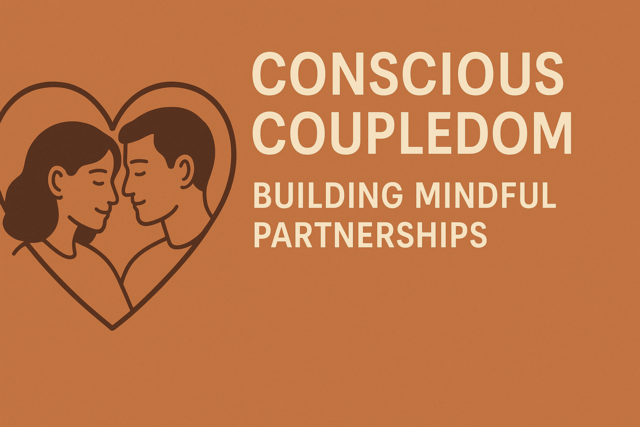 6 hours
0.6 CEUs
Conscious Coupledom: Building Mindful Partnerships
+ More Info
6 hours
0.6 CEUs
Conscious Coupledom: Building Mindful Partnerships
+ More Info
-
 4 hours
0.4 CEUs
The Love Language Challenge: Transform Your Relationship
+ More Info
4 hours
0.4 CEUs
The Love Language Challenge: Transform Your Relationship
+ More Info
-
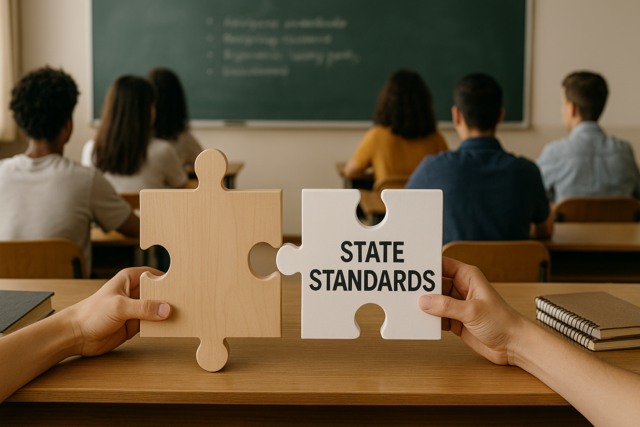 7 hours
0.7 CEUs
Aligning Curriculum with State Standards
+ More Info
7 hours
0.7 CEUs
Aligning Curriculum with State Standards
+ More Info
-
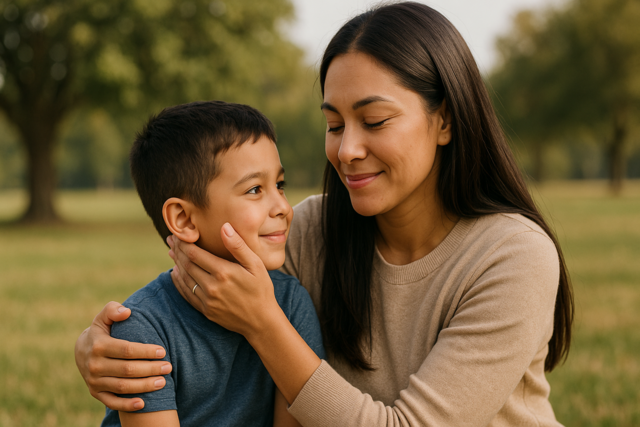 4 hours
0.4 CEUs
Raising Emotionally Intelligent Children: A Guide for Parents
+ More Info
4 hours
0.4 CEUs
Raising Emotionally Intelligent Children: A Guide for Parents
+ More Info
-
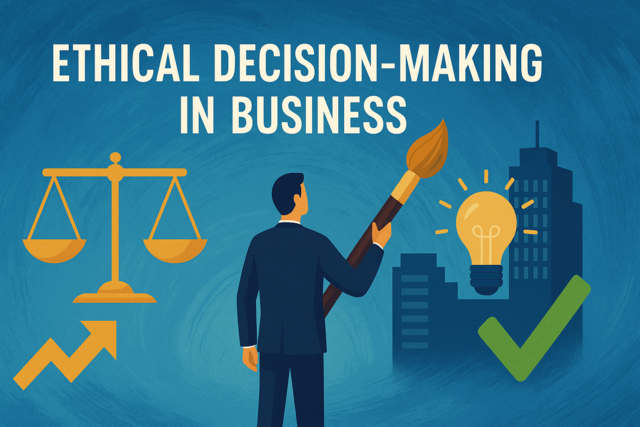 6 hours
0.6 CEUs
Ethical Decision-Making in Business
+ More Info
6 hours
0.6 CEUs
Ethical Decision-Making in Business
+ More Info
-
 3 hours
0.3 CEUs
Self-Regulation Strategies for Students with Disabilities
+ More Info
3 hours
0.3 CEUs
Self-Regulation Strategies for Students with Disabilities
+ More Info
-
 3 hours
0.3 CEUs
Leadership in Love: Fostering Growth in Family Relations
+ More Info
3 hours
0.3 CEUs
Leadership in Love: Fostering Growth in Family Relations
+ More Info
-
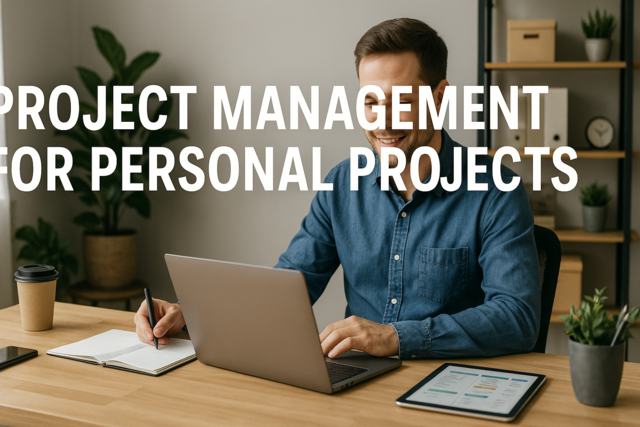 6 hours
0.6 CEUs
Project Management for Personal Projects
+ More Info
6 hours
0.6 CEUs
Project Management for Personal Projects
+ More Info
-
 3 hours
0.3 CEUs
Empowering Students through Self-Assessment
+ More Info
3 hours
0.3 CEUs
Empowering Students through Self-Assessment
+ More Info
-
 6 hours
0.6 CEUs
Spirit World: Communicating Beyond the Veil
+ More Info
6 hours
0.6 CEUs
Spirit World: Communicating Beyond the Veil
+ More Info
-
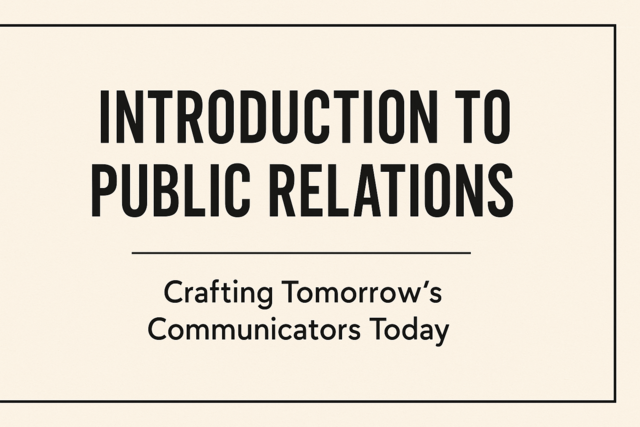 3 hours
0.3 CEUs
Introduction to Public Relations
+ More Info
3 hours
0.3 CEUs
Introduction to Public Relations
+ More Info
-
 7 hours
0.7 CEUs
Introduction to Cryptocurrency and Blockchain
+ More Info
7 hours
0.7 CEUs
Introduction to Cryptocurrency and Blockchain
+ More Info
-
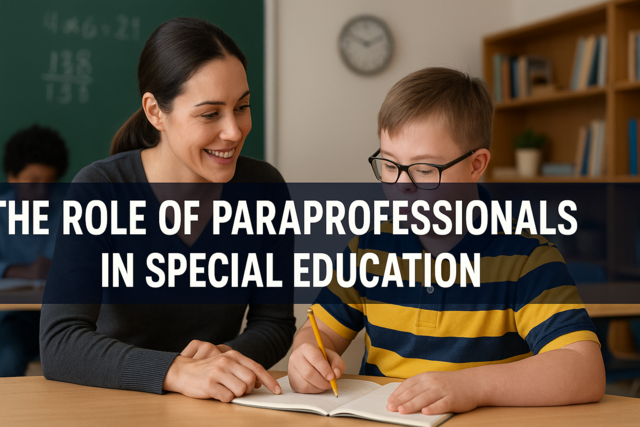 3 hours
0.3 CEUs
The Role of Paraprofessionals in Special Education
+ More Info
3 hours
0.3 CEUs
The Role of Paraprofessionals in Special Education
+ More Info
-
 4 hours
0.4 CEUs
Preparing for a Career Change
+ More Info
4 hours
0.4 CEUs
Preparing for a Career Change
+ More Info
-
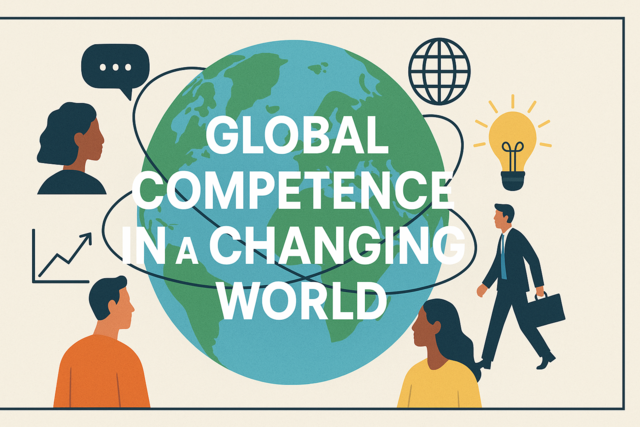 4 hours
0.4 CEUs
Global Competence in a Changing World
+ More Info
4 hours
0.4 CEUs
Global Competence in a Changing World
+ More Info
-
 3 hours
0.3 CEUs
Positive Reinforcement Techniques for Special Educators
+ More Info
3 hours
0.3 CEUs
Positive Reinforcement Techniques for Special Educators
+ More Info
-
 3 hours
0.3 CEUs
Unpacking Attachment Styles: Keys to Healthier Relationships
+ More Info
3 hours
0.3 CEUs
Unpacking Attachment Styles: Keys to Healthier Relationships
+ More Info
-
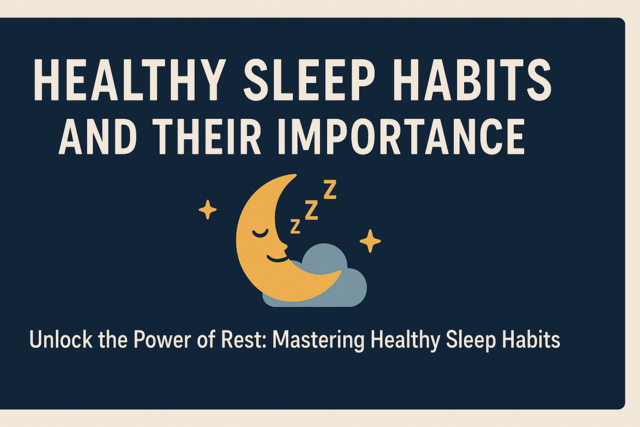 7 hours
0.7 CEUs
Healthy Sleep Habits and Their Importance
+ More Info
7 hours
0.7 CEUs
Healthy Sleep Habits and Their Importance
+ More Info
-
 7 hours
0.7 CEUs
Family Engagement and Support Strategies in Special Education
+ More Info
7 hours
0.7 CEUs
Family Engagement and Support Strategies in Special Education
+ More Info
-
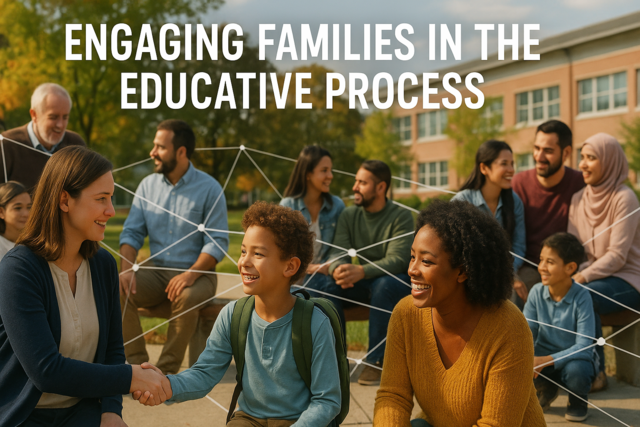 5 hours
0.5 CEUs
Engaging Families in the Educative Process
+ More Info
5 hours
0.5 CEUs
Engaging Families in the Educative Process
+ More Info
-
 4 hours
0.4 CEUs
Mysteries of the Quantum Realm
+ More Info
4 hours
0.4 CEUs
Mysteries of the Quantum Realm
+ More Info
-
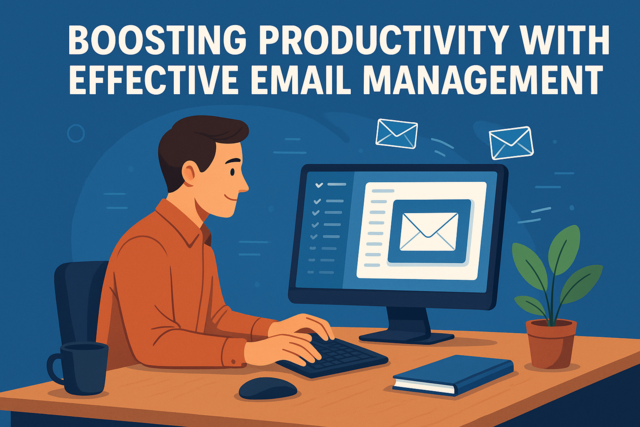 5 hours
0.5 CEUs
Boosting Productivity with Effective Email Management
+ More Info
5 hours
0.5 CEUs
Boosting Productivity with Effective Email Management
+ More Info
-
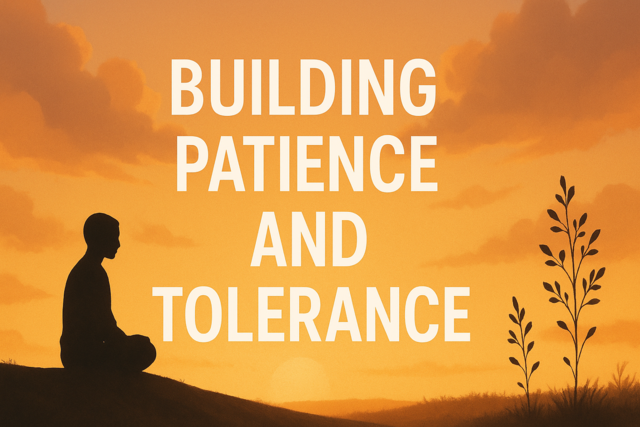 7 hours
0.7 CEUs
Building Patience and Tolerance
+ More Info
7 hours
0.7 CEUs
Building Patience and Tolerance
+ More Info
-
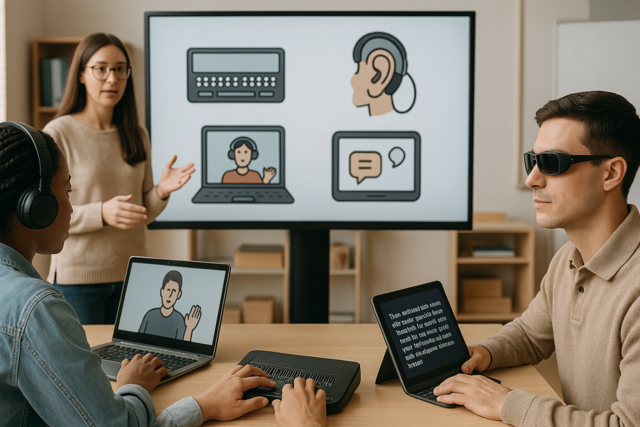 7 hours
0.7 CEUs
Assistive Technology for Vision and Hearing Impairments
+ More Info
7 hours
0.7 CEUs
Assistive Technology for Vision and Hearing Impairments
+ More Info
-
 7 hours
0.7 CEUs
Spiritual Awakening and Self-Discovery
+ More Info
7 hours
0.7 CEUs
Spiritual Awakening and Self-Discovery
+ More Info
-
 3 hours
0.3 CEUs
Preparing Students for Careers of the Future
+ More Info
3 hours
0.3 CEUs
Preparing Students for Careers of the Future
+ More Info
-
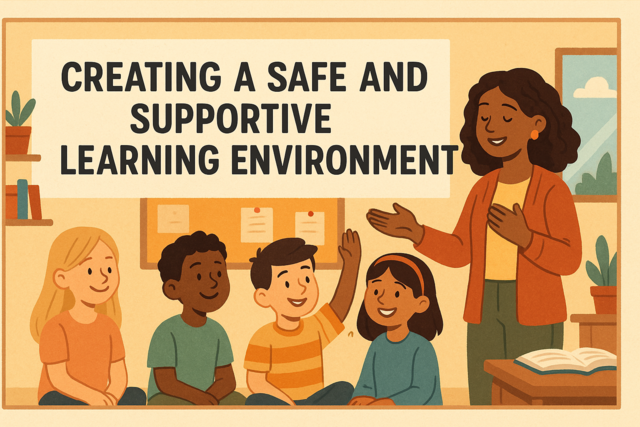 5 hours
0.5 CEUs
Creating a Safe and Supportive Learning Environment
+ More Info
5 hours
0.5 CEUs
Creating a Safe and Supportive Learning Environment
+ More Info
-
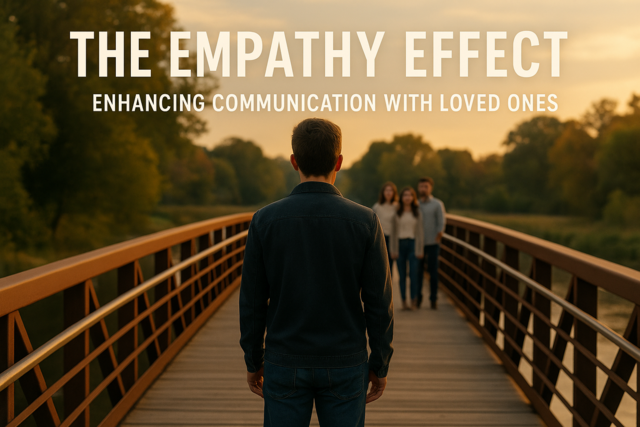 3 hours
0.3 CEUs
The Empathy Effect: Enhancing Communication with Loved Ones
+ More Info
3 hours
0.3 CEUs
The Empathy Effect: Enhancing Communication with Loved Ones
+ More Info
-
 3 hours
0.3 CEUs
Dapper & Distinguished: Men's Fashion Essentials
+ More Info
3 hours
0.3 CEUs
Dapper & Distinguished: Men's Fashion Essentials
+ More Info
-
 4 hours
0.4 CEUs
Educational Equity and Justice
+ More Info
4 hours
0.4 CEUs
Educational Equity and Justice
+ More Info
-
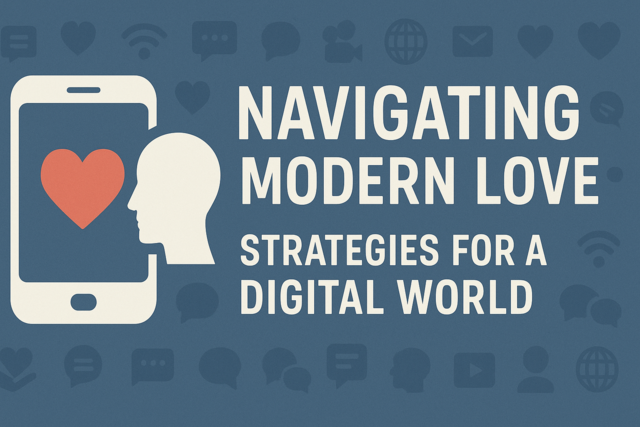 6 hours
0.6 CEUs
Navigating Modern Love: Strategies for a Digital World
+ More Info
6 hours
0.6 CEUs
Navigating Modern Love: Strategies for a Digital World
+ More Info
-
 6 hours
0.6 CEUs
Beyond the Runway: Influencing Trends in Modern Luxury
+ More Info
6 hours
0.6 CEUs
Beyond the Runway: Influencing Trends in Modern Luxury
+ More Info
-
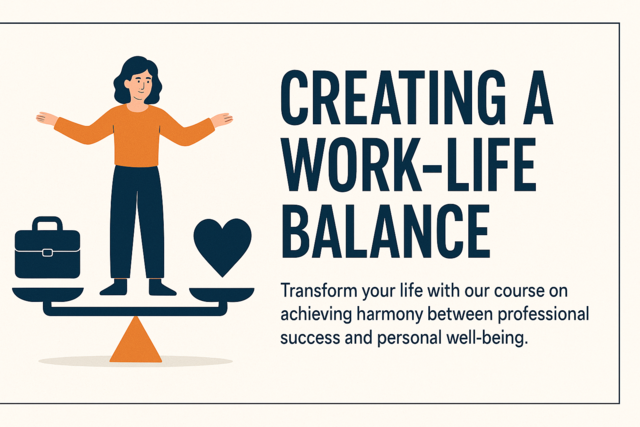 6 hours
0.6 CEUs
Creating a Work-Life Balance
+ More Info
6 hours
0.6 CEUs
Creating a Work-Life Balance
+ More Info
-
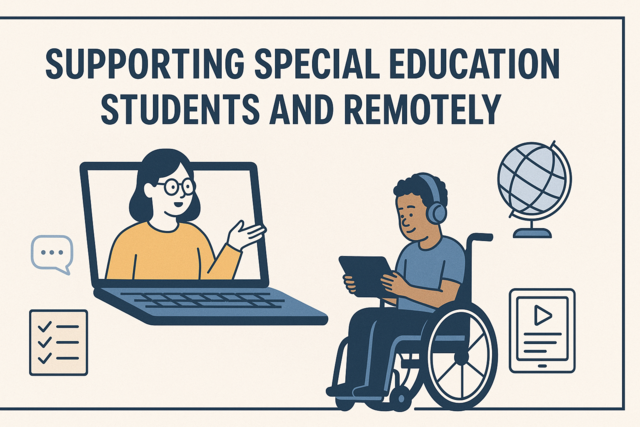 5 hours
0.5 CEUs
Supporting Special Education Students Virtually and Remotely
+ More Info
5 hours
0.5 CEUs
Supporting Special Education Students Virtually and Remotely
+ More Info
-
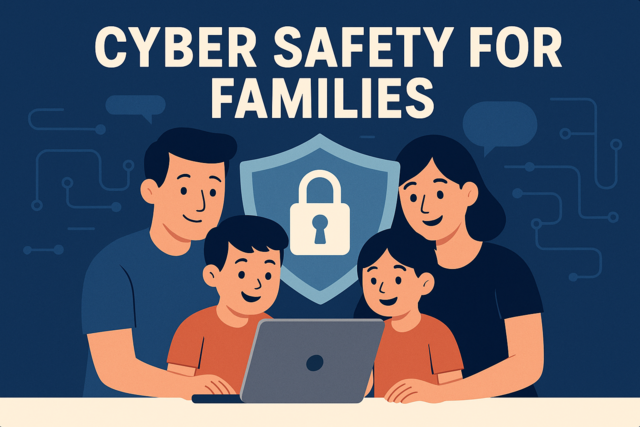 5 hours
0.5 CEUs
Cyber Safety for Families
+ More Info
5 hours
0.5 CEUs
Cyber Safety for Families
+ More Info
-
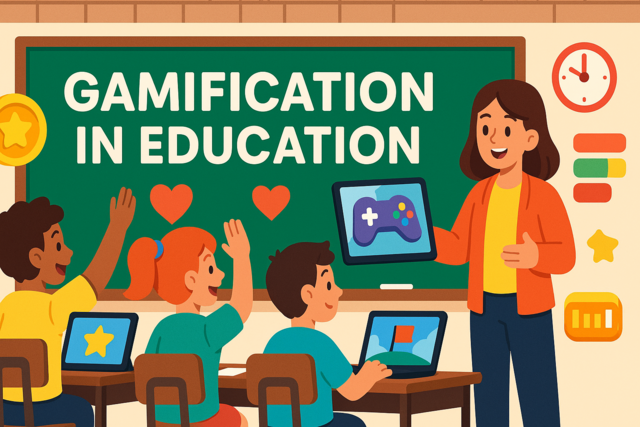 4 hours
0.4 CEUs
Gamification in Education
+ More Info
4 hours
0.4 CEUs
Gamification in Education
+ More Info
-
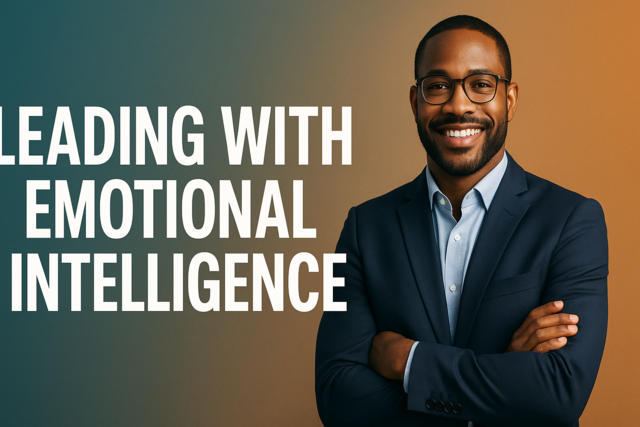 4 hours
0.4 CEUs
Leading with Emotional Intelligence
+ More Info
4 hours
0.4 CEUs
Leading with Emotional Intelligence
+ More Info
-
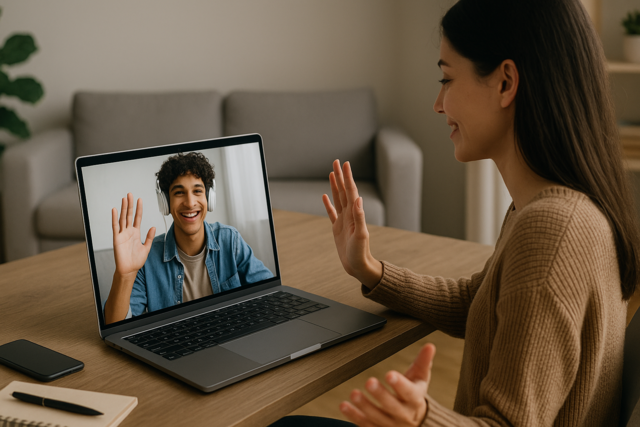 7 hours
0.7 CEUs
Digital Friendships: Navigating Virtual Connections
+ More Info
7 hours
0.7 CEUs
Digital Friendships: Navigating Virtual Connections
+ More Info
-
 5 hours
0.5 CEUs
Bridging Generational Gaps: Understanding Family Dynamics
+ More Info
5 hours
0.5 CEUs
Bridging Generational Gaps: Understanding Family Dynamics
+ More Info
-
 3 hours
0.3 CEUs
Beyond the Veil: Mysteries of Life After Death
+ More Info
3 hours
0.3 CEUs
Beyond the Veil: Mysteries of Life After Death
+ More Info


